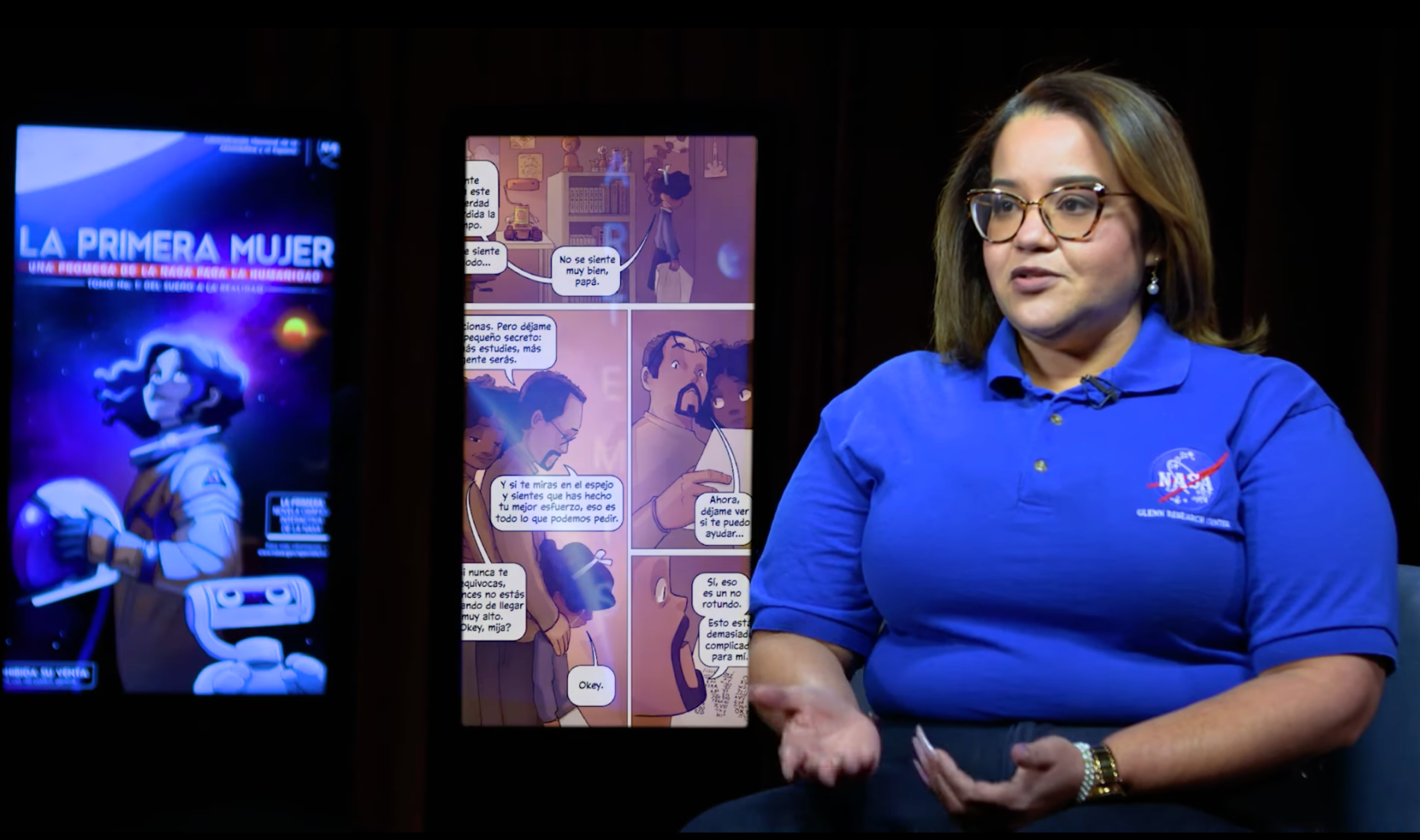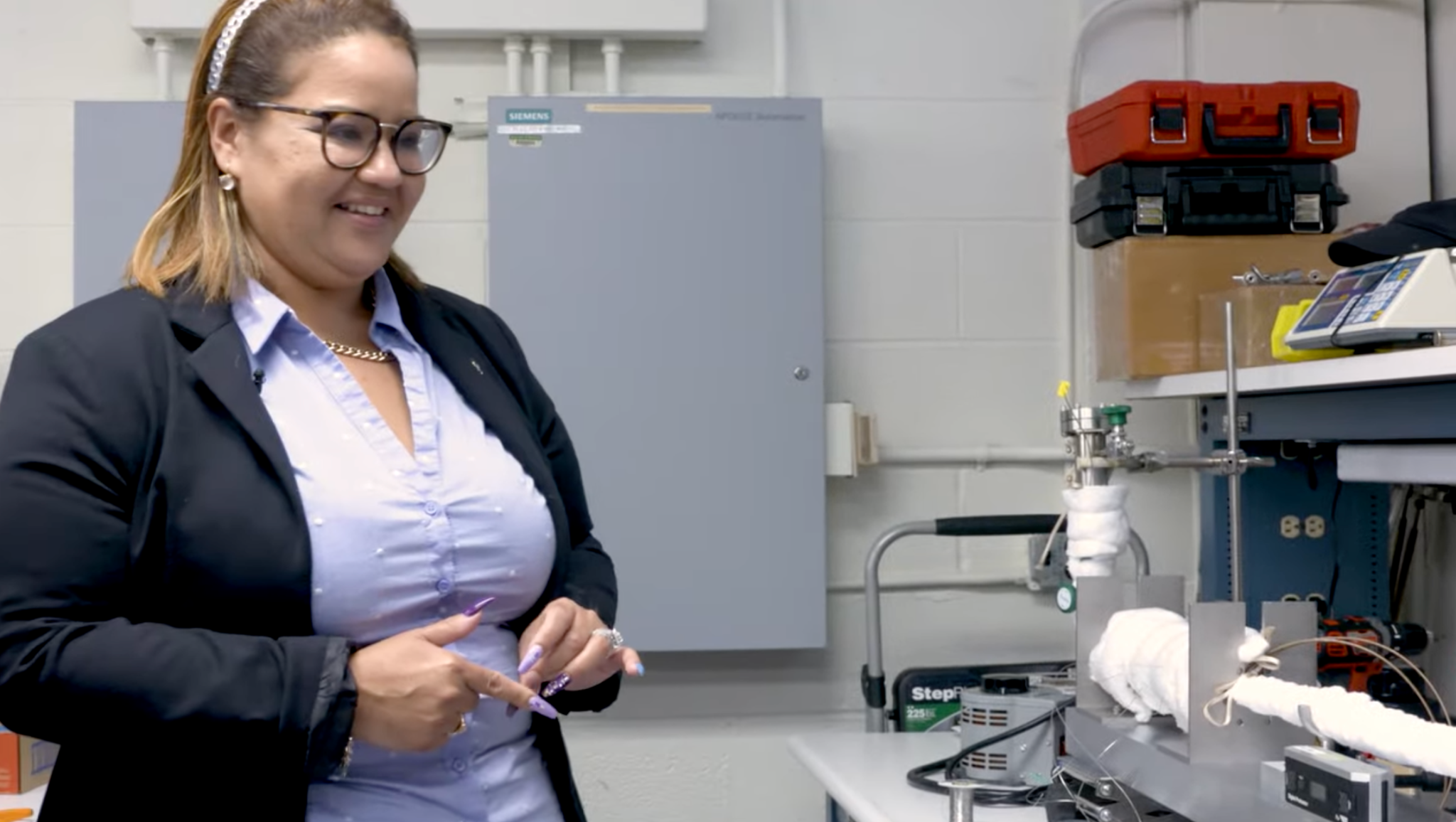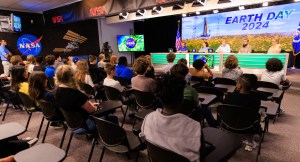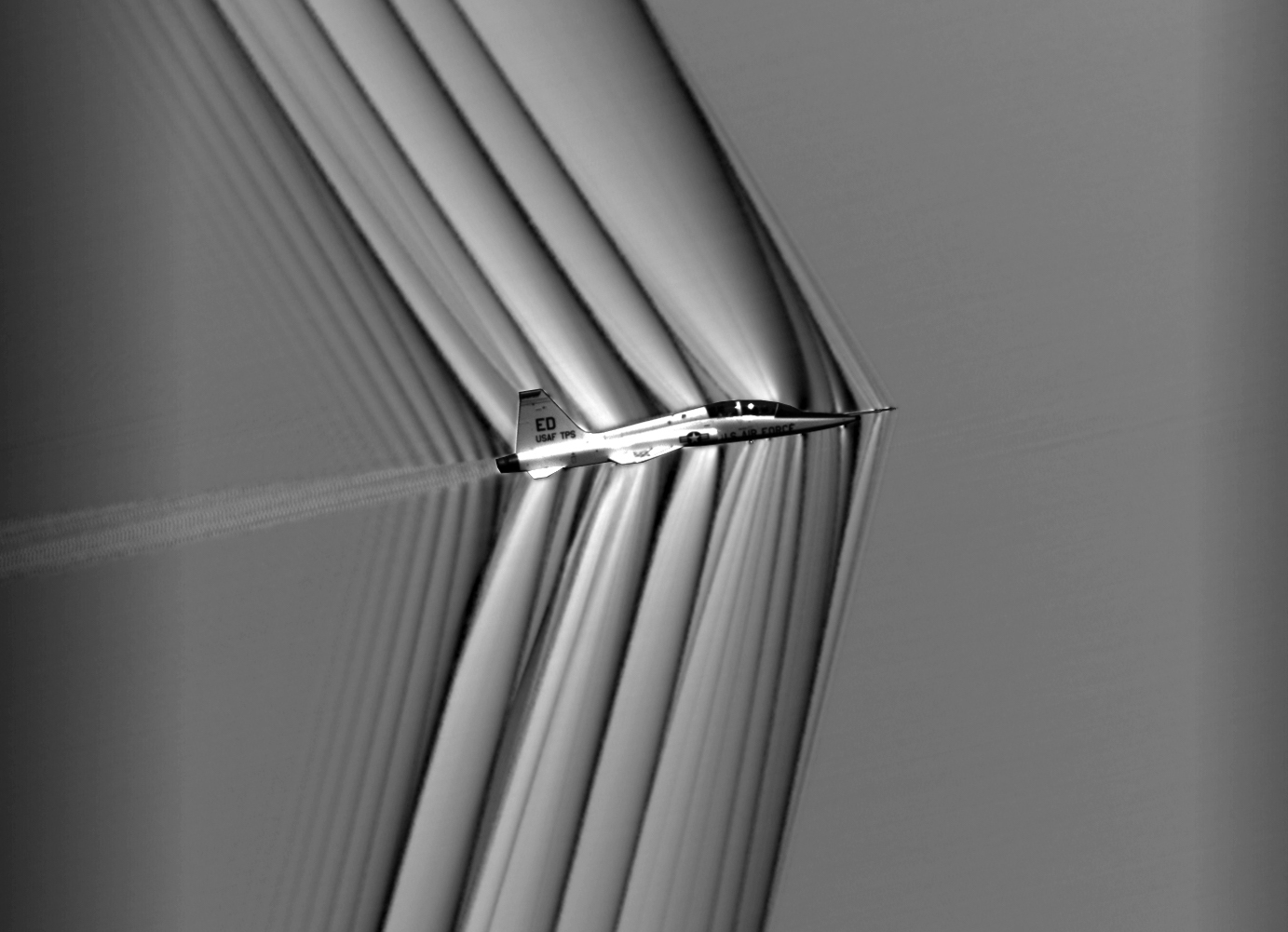Dionne Hernandez-Lugo always wanted to work for NASA, but did not know how to get started on her career path.
That path became clear while she conducted research toward her doctoral degree at the Center for Advanced Nanoscale Materials at the University of Puerto Rico-Rio Piedras. The center was funded through NASA’s MUREP (Minority University Research and Education Project) Institutional Research Opportunity, or MIRO.
Administered by the NASA Armstrong Flight Research Center in Edwards, California, MIRO provides opportunities for minority-serving institutions to enter into cooperative agreements to conduct research aligned with NASA missions. The partnership with NASA provides career growth opportunities for faculty and students, including research opportunities with the agency, fellowships, other grant program awards, and internships.
“I’ve been always interested in working for NASA. It was a dream that I had growing up, but I didn’t really know how to get to NASA,” said Hernandez-Lugo, who was born and raised in Puerto Rico. “I’m the only science major in my family, so I didn’t really have a lot of information.”
Hernandez-Lugo’s research looked at ways to extend both battery capacity and life, work that was of interest to researchers at NASA’s Glenn Research Center in Ohio. She had the opportunity to meet and make connections with NASA researchers, including some from Puerto Rico.
“I was able to see their paths and they became my mentors,” Hernandez-Lugo said.
As she was working toward her degree, Hernandez-Lugo was awarded a NASA Harriet Jenkins Fellowship, which provided financial support and opportunity for hands-on research experience at NASA Glenn. She worked in what is now called the Photovoltaics and Electrical Systems Branch, which supports a variety of NASA aeronautics and space missions.
That in turn led to a Pathways internship and then to a full-time NASA job.
Her work at NASA Glenn included overseeing a redesign of the battery system that will be used to power the X-57 Maxwell, an aircraft designed to help develop and validate technologies that will make aviation more efficient, quieter and more environmentally friendly. Her team came up with a safer battery design, capable of isolating potential overheating issues to single battery cells, preventing unsafe conditions from spreading to the rest of the battery system.
The battery contractor working with NASA, California-based Electric Power Systems,
is now supplying similar batteries to power an all-electric training airplane and has contracts with companies interested in designing electric vehicles.
Hernandez-Lugo is an advocate for STEM education, helping others find their path.
“Coming from minority communities, some students may feel that they don’t have what it takes to get here,” Hernandez-Lugo said. “I try to show them that if I did it, they can also do it. I talk to them about the path that I took and about some of the areas that they may have to work on to make sure that they are able to come and work for us.”
Hernandez-Lugo now serves as the Deputy Flight Systems Manager for the power and propulsion element for Gateway, a multi-purpose outpost that will orbit the Moon. Gateway will provide essential support for long-term human missions to the lunar surface and will serve as a staging point for deep space exploration.
“Working on technology that is going to take us back to the moon is a dream,” Hernandez-Lugo said. “I’m happy to get up every morning. My daughter says ‘Mom, you’re a workaholic. You definitely love your job.’ And I’m like, yes, yes I do.”




































